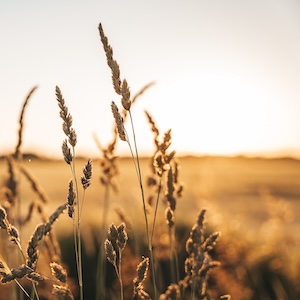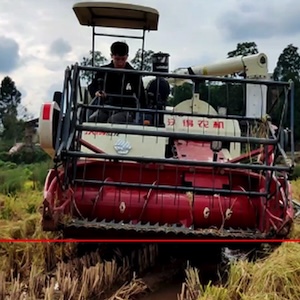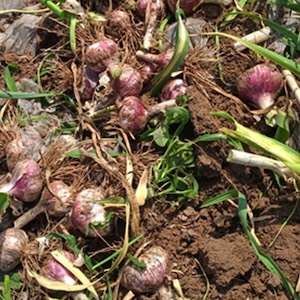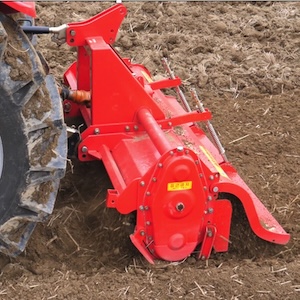Key technology of crop precision sowing based on the vision principle
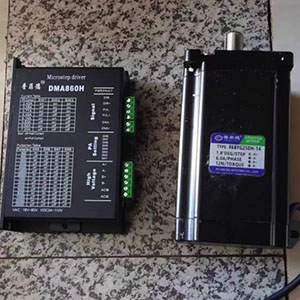
Published: 25 August 2022
Abstract Views: 1667
PDF: 345
HTML: 45
HTML: 45
Publisher's note
All claims expressed in this article are solely those of the authors and do not necessarily represent those of their affiliated organizations, or those of the publisher, the editors and the reviewers. Any product that may be evaluated in this article or claim that may be made by its manufacturer is not guaranteed or endorsed by the publisher.
All claims expressed in this article are solely those of the authors and do not necessarily represent those of their affiliated organizations, or those of the publisher, the editors and the reviewers. Any product that may be evaluated in this article or claim that may be made by its manufacturer is not guaranteed or endorsed by the publisher.
Similar Articles
- Farid Tamhidi, Morteza Almassi, Mohammad Ghahderijani, Hossein Bakhoda, Evaluating the efficiency of energy use in cultivation of medicinal plants: a case study on garden thyme and peppermint employing life cycle assessment and support vector machine modeling , Journal of Agricultural Engineering: Vol. 56 No. 1 (2025)
- Fang Huimin, Niu Mengmeng, Zhu Zhengbo, Zhang Qingyi, Experimental and numerical investigations of the impacts of separating board and anti-blocking mechanism on maize seeding , Journal of Agricultural Engineering: Vol. 53 No. 1 (2022)
- Pankaj Tyagi, Rahul Semwal, Anju Sharma, Uma Shanker Tiwary, Pritish Varadwaj, E-nose: a low-cost fruit ripeness monitoring system , Journal of Agricultural Engineering: Vol. 54 No. 1 (2023)
- Yufan He, Qingzhen Zhu, Weiqiang Fu, Changhai Luo, Yue Cong, Wuchang Qin, Zhijun Meng, Liping Chen, Chunjiang Zhao, Guangwei Wu, Design and experiment of a control system for sweet potato seedling-feeding and planting device based on a pre-treatment seedling belt , Journal of Agricultural Engineering: Vol. 53 No. 3 (2022)
- Yusuf Uzun, Mehmet Resit Tolun, Halil Tanyer Eyyuboglu, Filiz Sarı, An intelligent system for detecting Mediterranean fruit fly [Medfly; Ceratitis capitata (Wiedemann)] , Journal of Agricultural Engineering: Vol. 53 No. 3 (2022)
- Zhiqiang Song, Chuanxing Du, Yongcheng Chen, Dianlei Han, Xinzhong Wang, Development and test of a spring-finger roller-type hot pepper picking header , Journal of Agricultural Engineering: Vol. 55 No. 2 (2024)
- Xiong Bi, Hongchun Wang, Double-branch deep convolutional neural network-based rice leaf diseases recognition and classification , Journal of Agricultural Engineering: Vol. 55 No. 1 (2024)
- Timothy Denen Akpenpuun, Qazeem Opeyemi Ogunlowo, Wook-Ho Na, Prabhat Dutta, Anis Rabiu, Misbaudeen Aderemi Adesanya, Mohammadreza Nariman, Ezatullah Zakir, Hyeon Tae Kim, Hyun-Woo Lee, Dynamic neural network modeling of thermal environments of two adjacent single-span greenhouses with different thermal curtain positions , Journal of Agricultural Engineering: Vol. 55 No. 2 (2024)
- Raffaele Cavalli, Stefano Grigolato, Andrea Sgarbossa, Productivity and quality performance of an innovative firewood processor , Journal of Agricultural Engineering: Vol. 45 No. 1 (2014)
- Chengcheng Ma, Shujuan Yi, Guixiang Tao, Yifei Li, Hanwu Liu, Theoretical analysis and experiment of seed-picking mechanism of belt high-speed seed-guiding device for corn , Journal of Agricultural Engineering: Vol. 55 No. 1 (2024)
<< < 2 3 4 5 6 7 8 9 10 11 > >>
You may also start an advanced similarity search for this article.

 https://doi.org/10.4081/jae.2022.1453
https://doi.org/10.4081/jae.2022.1453





